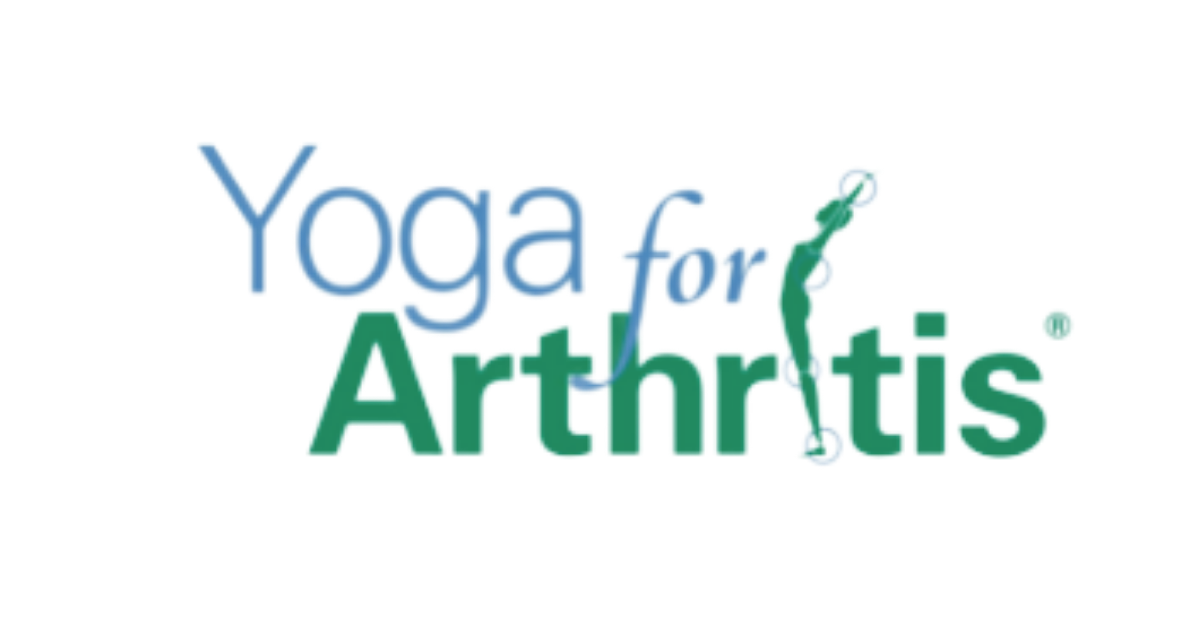The Safety of Yoga: A Systematic Review
The safety of yoga: A systematic review and meta-analysis of randomized controlled trials
Holger Cramer, Lesley Ward, Robert Saper, Daniel Fishbein, Gustav Dobos and Romy Lauche
In 2008, more than 13 million people started practicing yoga explicitly to improve health status1. As yoga gains attention as a therapeutic medium, questions and concerns of its safety have been highlighted in the lay press. This important article highlights research findings on the safety of yoga using rigorous methods. It is important that students and teachers of yoga, healthcare providers and everyone in-between has access to accurate information about the safety of this practice.
Results of this study show that yoga is a safe practice2. Overall, adverse events associated with the practice of yoga were relatively low. Interestingly, when comparing yoga with individuals receiving care as usual, or no treatment, no differences in the frequency of adverse events were observed. Results show slight increases in adverse events when comparing yoga to psychological/educational interventions lasting approximately 3 months. The theory behind these findings suggest that longer-term studies may inherently increase the risk for any type of adverse event, and warrant further investigation.
This information can serve to bolster and inform safe yoga practices beyond closely supervised research studies. If you are a student of yoga, you can begin or continue to receive the many benefits of this ancient healing practice by seeking well qualified practitioners with specialized knowledge and training. As teachers, we must ensure the safety of our students by seeking specialized training to promote safe practices. And as the public, we can report on the facts, promoting a more realistic view of yoga: acknowledging that there are risks involved, however generally speaking yoga has been shown to be a safe and effective therapeutic intervention.
[1] Barnes, P. M., Bloom, B. & Nahin, R. L. Complementary and alternative medicine use among adults and children: United States, 2007. National Health Statistics Report; no. 12. National Center for Health Statistics. 2008.
[2]Cramer, H., Ward, L., Saper, R., Fishbein, D., Dobos, G. and Lauche, R. (2015). The safety of yoga: A systematic review and meta-analysis of randomized controlled trials. American Journal of Epidemeology, 182(4), 281-293. doi: 10.1093/aje/kwv071.
